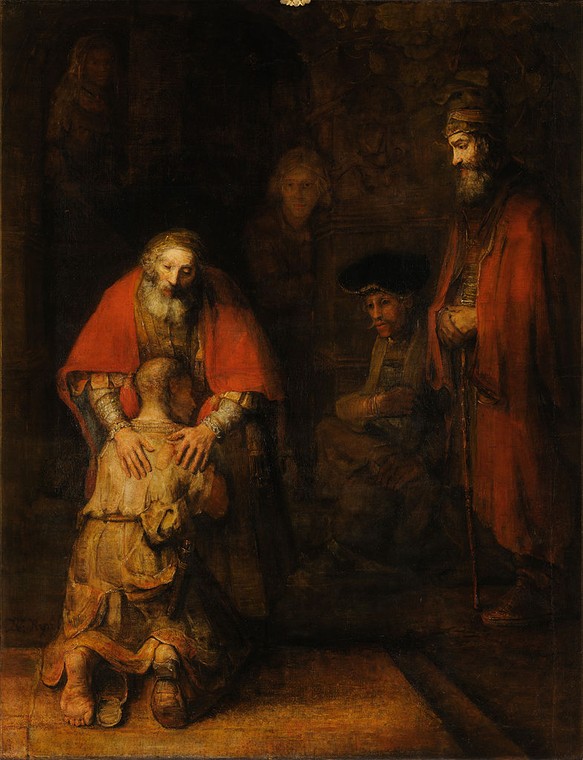|
Beauty Instead of Ashes, 48X36, oil on linen, 2014, by Carol L. Douglas
|
Last summer my friend Loren and I went for a hike along the Goose River in Rockport, ME, and discovered vast piles of lime tailings. Rockport is one of America’s beauty spots, but it was once a center of quicklime manufacture. Nature slowly attempts to cover this wound, but it is a slow process.
Midcoast Maine is full of limestone deposits. When limestone is burned, the carbon dioxide burns off and quicklime is left. This is used to make plaster, paper, mortar, concrete, fertilizer, leather, glue, paint, and glass. By the Civil War, midcoast Maine was producing more than a million casks of lime a year.
Eventually God will cover our sins, but it takes a long, long time. Sin can endure through generations, but ultimately, the spirit of the Lord will be with us, “to appoint unto them that mourn in Zion, to give unto them beauty for ashes, the oil of joy for mourning, the garment of praise for the spirit of heaviness, that they might be called trees of righteousness, the planting of the Lord, that He might be glorified.” (Isaiah 61:3-4)
Let me know if you’re interested in painting with me in Maine in 2014 or Rochester at any time. Click here for more information on my Maine workshops!




